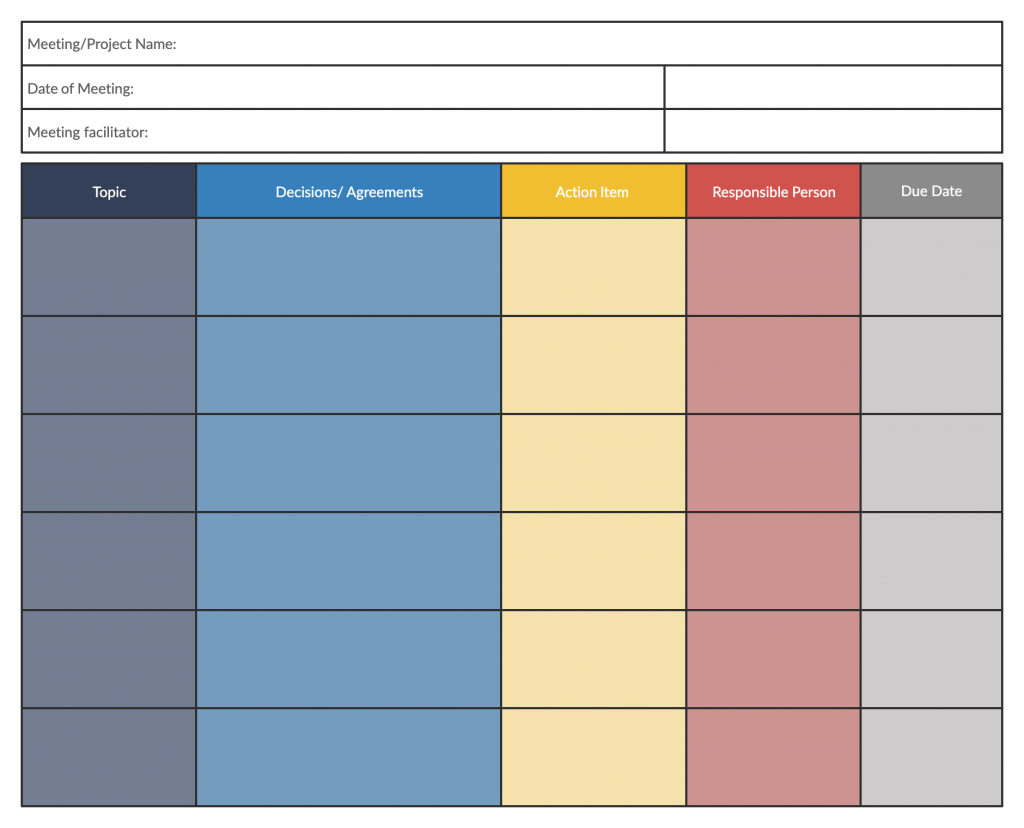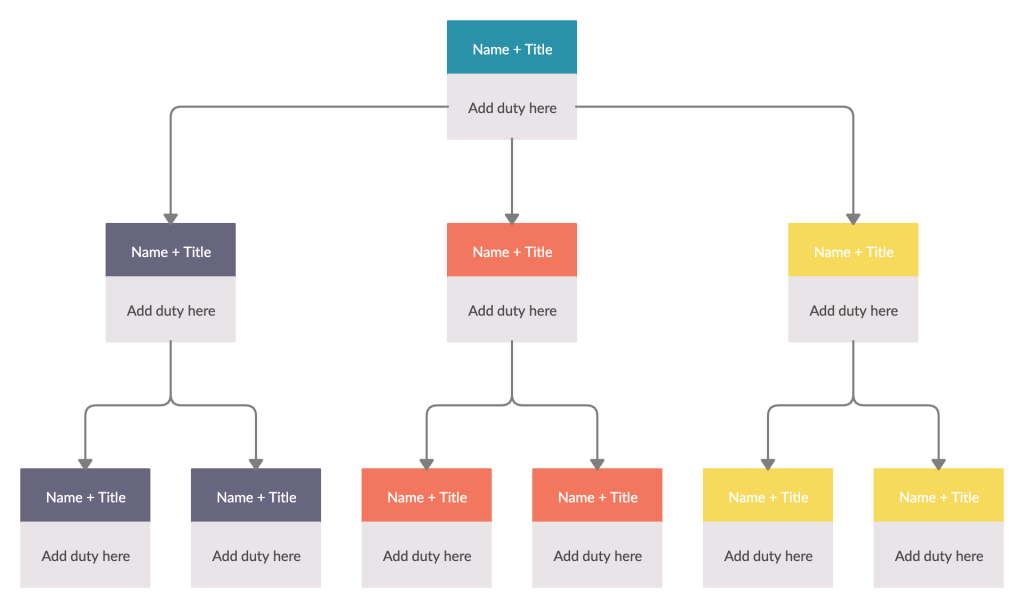A couple of months back, things were very different. Being part of a team that works the entire week from home, wasn’t even thought of. But in this new reality created by the unfortunate spread of COVID-19, this has become commonplace.
However, working from home had been trending among many organizations even before the dawn of the age of quarantine. Many teams have been practicing this effectively while successfully alleviating the many challenges inherent in teams that work from home.
In this guide, we will discuss
- some of these common challenges of managing remote employees that you may have already encountered
- best practices you can follow to stay at the top of your game
Challenges of Managing a Team that Works from Home
There are many challenges when it comes to managing a team, and when that team is spread across the continent or world, it gets even harder to lead them.
Identifying what negatively affects the performance of your remote team first, will get you closer to finding the solution you are seeking.
When managing remote employees, you must have come across several of these challenges yourself,
- Lack of in-person interaction. While managers worry that the employees may not work as efficiently as they might have done under their supervision, employees themselves struggle without support from their heads. This will also lead to difficulties in building trust between team members.
- Different time zones that lead to scheduling difficulties. A meeting you want to schedule in the morning might affect the lunch break of one of your team members.
- Lack of access to information including resources, documents, etc. When working from the same location you get to turn around and ask your co-workers for whatever you need. But when working from home, it’s an entirely different scenario.
- Distractions at home. Unless you live by yourself, you are bound to be interrupted many times by the other residents at your house. This can have a negative impact on your productivity. At the same time, the lack of social interaction will lead to employees feeling isolated.
- If your team is made up of people from all around the world, you may also face cultural and language barriers.
- Cultivating your company culture might also suffer over time. Company culture is fostered naturally in an office, but it might not be the same for a team that works from home.
Best Practices for Managing Working from Home Teams
Let’s take a look at some best practices that will help you effectively overcome the challenges we discussed above.
Use Proper Tools and Set Guidelines
In an office environment, you can always get your team together and talk about things and make plans.
It isn’t as easy to do so with a team that works from home. But by integrating the right set of tools to your workflow, you can ensure that the team is on the same page even if you are not in the same location.
Tools you need to invest in include,
- Chat and video conferencing tools for communication. There are many options you can choose from; Slack, Zoom, Skype, etc. to name a few. And it’s important to provide a variety of tools to foster communication among team members during working and non-working hours as well.
- Project/ task management tools to track performance.
- Document/ file editing and sharing tools like Google Docs and OneDrive. Storing all files in one location will make it easily accessible to everyone.
- Visual collaboration platforms to replicate your office whiteboard. An online canvas software like Creately can help plan your Sprint, brainstorm, collaborate on online wireframes tool, or analyze processes in-real time.
Here’s an expanded list of more tools for communication and collaboration for WFH teams.
As important as selecting the right tools is establishing ground rules on how and when to use them. Clarifying them upfront will save you time and confusion. For example,
- Always be available on your chat platform when you are working, and if you are stepping away, notify others.
- Turn on video when you are attending an online meeting, or having a daily check-in meeting.
- Break down individual tasks on the project management platform and estimate them by hours.
Constantly Communicate and Engage with Your Team
Regularly communicating with your employees is an effective way to ensure that they can rely on you and consult you. It’s also a great opportunity to learn about their concerns, questions, and suggestions.
You can have daily or weekly one-on-ones, team meetings, or you can simply send them a message on your chat platform asking for an update on what they are working on.
Let your team know when you will be available and the best way to approach you. If an emergency occurs during an early hour, having your mobile phone number shared with your team will help them call you or send an instant message.
Also, encourage team members to use a public channel for their work-related conversations. This will allow you to monitor what’s happening and offer help where necessary.
Here are some more communication best practices teams working from home should live by.
Be Concerned about Different Time Zones
When the entire team is scattered across different locations, you need to be extra conscious of the different time zones they are living in.
- When scheduling meetings, make sure to check with everyone and their schedule and select a time that everyone is comfortable with.
- Document key points discussed during your meetings so that you can share them with the team members who couldn’t be present during the discussion.

- You can also go the extra mile and record your meeting for them to view later or brief them on what was discussed, with a one-on-one the next day.
Spend Extra Effort on Collaboration and Team Building
Two things teams working from home tend to lack are trust and team spirit. Without them, a team won’t be able to rely on each other and flourish in their relationships.
While using the right tools will provide your team with the platform to collaborate with each other, you still need to find more ways to help your team bond.
- Start by clearly defining the roles and responsibilities and the reporting relationships within the team. A well-structured team that is aware of where they belong and whom they report to can avoid confusion and boost cooperation.

- Encourage team members to interact with each other apart from work. They can have a Facebook Group or a separate Slack channel for fun conversations they would have had while having lunch or hanging by the water cooler if they were at the office. It’s an effective way to get remote employees to get to know each other on a personal level which will reflect positively on team bonding.
- Leave a few minutes at the start of a meeting for casual conversation.
- Arrange virtual team building activities whenever you can. They are key to promoting employee happiness and increasing their productivity. Here are some inexpensive virtual team building activities you can try right away.
Be Clear about Expectations and Goals
If you want the results you are seeking, be clear about them to your team. Setting clear expectations and defining the goals upfront will help you do this faster.
To start with
- Set clear goals for everyone on a weekly, monthly, or quarterly basis and discuss their action plan.

- Frequently give your feedback on employee performance. Also, make it an opportunity to listen to their expectations as well.
- Engage with your team regularly, offering them emotional support, especially if they are struggling with anxiety and stress.
- Set clear guidelines on what you expect of your team (i.e. wanting all emails answered within 24 hours). Document these and store them in a central location easily accessible to everyone.
- Recognize and celebrate employee wins to keep them motivated.
Got More Tips on Managing Remote Employees?
The best practices we’ve discussed are inexpensive and can be implemented right away to ensure effective results. Want to add more tips to the list? Leave a comment below.
Have you and your team started working from home recently? Here’s the practical guide to working from home as a team covering everything you need to know to stay effective and efficient.




